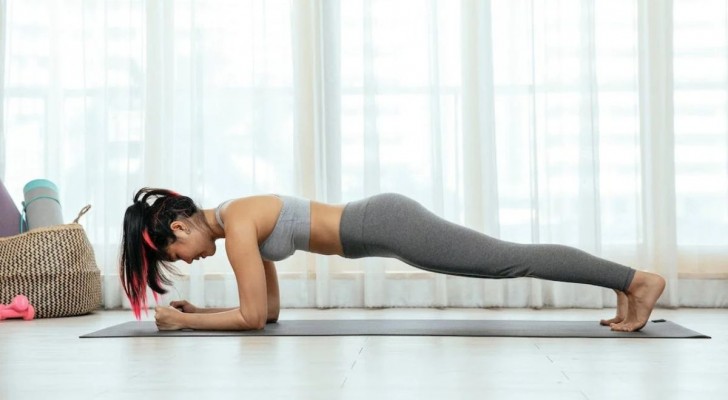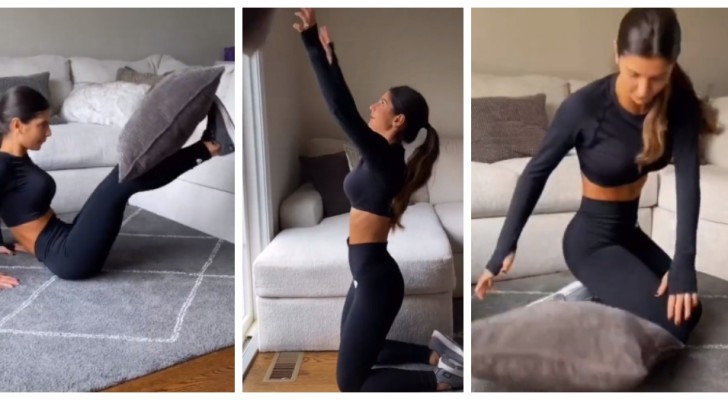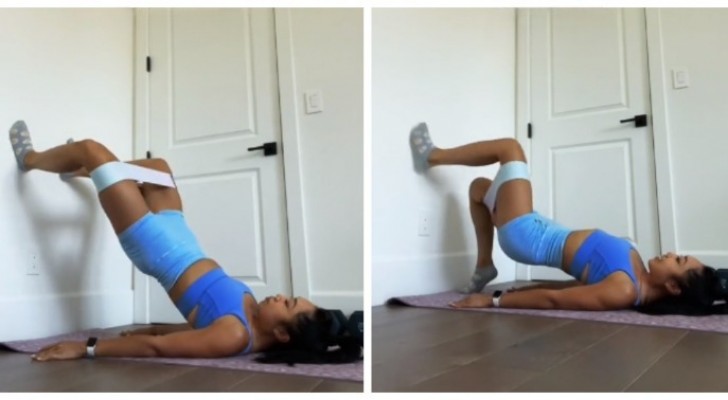Lose weight by running: useful tips and mistakes to avoid

One of the simplest and cheapest ways to lose weight and get back in shape is running: we literally just need a pair of running shoes or sneakers and then any quiet street or park nearby becomes our gym. For those who are already used to exercise, introducing running into their weekly routine is not a big problem. But for those who have decided to change their sedentary habits, it becomes a challenge that, if approached in the wrong way, can easily put one off.
We must therefore face the matter with the right attitude and avoiding the most common mistakes that can lead to giving up, we can prevail. The goal of losing weight is achieved with the right balance between a balanced diet and physical exercise. As for the former, we all know roughly which foods or types of cooking to avoid and which ones to prefer, but it is always good to contact nutritionists or dieticians who can give us a specific program for our age, lifestyle and any pathologies. As for running, we bring you some advice here on how to deal with this in the best way to make it become a healthy habit.

What to do if you are a beginner?
- Have achievable goals: Make it a point to exercise (between warm-up and running, or even just brisk walking at first) for half an hour 4 or 5 times a week. Wait to increase the duration of the workout or the length of the course. When you hit a new personal best, make it a point to keep it for a week or two and then try to improve. It is much more important to build a habit and have consistency than to burn the stages quickly: after all, you are doing it for yourself, to burn calories and strengthen your body, not for some Olympic milestone. As each workout gets longer and more strenuous, you can even go down to 3 per week.
- Don't rush: if you find it difficult to run, even if it is very slow, you can walk fast for the first week or two. The important thing is not to give up and be constant, and you will see that automatically and seemingly effortlessly you will improve speed and endurance. Even when you start running, go slowly, being careful to lift your feet as much as possible. Your stride will automatically improve with consistency, but if you start running fast right away you will find yourself out of breath after less than 5 minutes. As soon as you feel pain, slow down or walk again, but don't stop abruptly.
- Posture: the torso must be erect, in line with the hips or moved forward a few centimeters. Don't bend over.
- Footfall: the way in which each one places the foot when running can change a little, but it is generally advisable to place the forefoot (metatarsal) first and then the heel.
- Use music if you run in a quiet place: it is always good to be vigilant about the environment around us, but listening to music where the surroundings are not dangerous and without keeping a volume that covers all the other sounds helps to keep the rhythm.

Mistakes to avoid
- Choose the right shoes: they must be of the right size (not too small but not too big, or you will get hurt) and able to cushion the step and give the necessary thrust.
- Choose the right clothing: in addition to shoes, the clothes we wear while running also do a lot to make it more comfortable. Go for breathable materials and dress in layers in winter, so you can divest yourself during your run if you get very warm and put clothes back on to cover youself if a little wind picks up. Also, clothes that aren't too thick and hinder your movements will make it easier to run.
- To start, avoid running on concrete or asphalt roads or on soft ground, such as sea sand. Ground that is too hard can be annoying due to the repeated impacts (and on long runs it can also give one problems of the spine, especially if you are overweight or elderly), while the soft surfaces makes it excessively tiring to maintain the rhythm. Therefore, prefer the compact paths or the well-trodden earth of some park.
- Never forget the warm-up. Walk briskly for at least 5 minutes if you run 10 minutes, and increase proportionally. The ideal is to warm up for 15-20 minutes by walking and then you can run for 40-60 minutes, with a subsequent cool-down of at least 10 minutes - which can always be done by walking or even with stretching exercises.
In short, start slowly and following your own pace but do not give up: you will reap many benefits!





